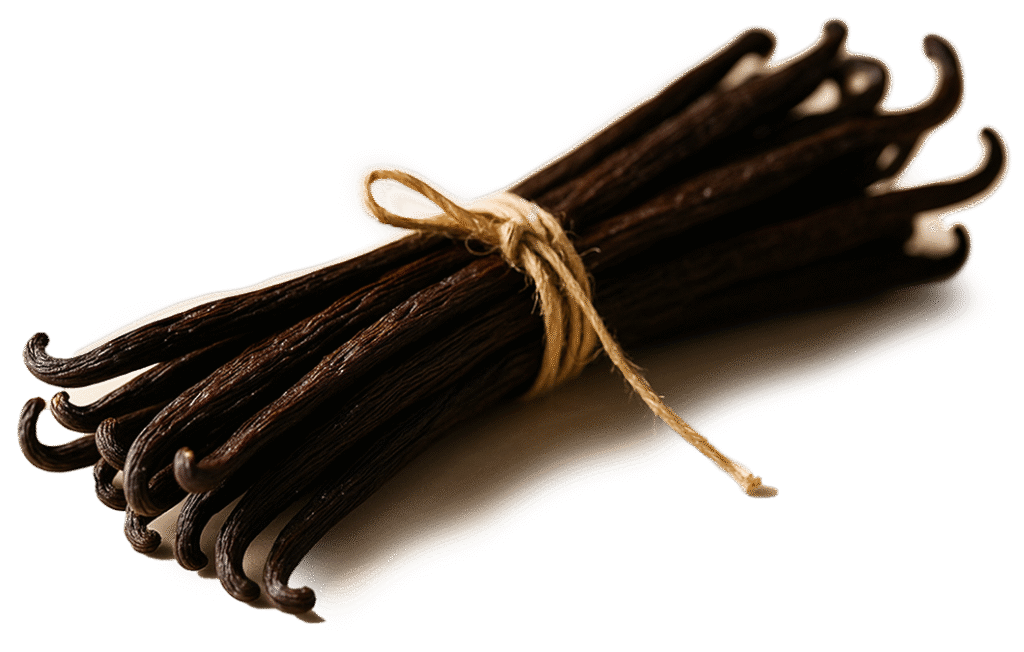
Vanilla Maya is deeply rooted in ancient Mesoamerican traditions. For thousands of years, the Maya people cultivated a sacred culinary triad: cacao, annatto, and vanilla.
Recently, this unique vanilla species has been studied and introduced into global commerce, offering a rare opportunity to experience a vanilla species with ancient origins.
Used in rituals, chocolate preparations, and healing tonics, vanilla was more than a flavour; it was a vital part of a tradition.
Today, we honour that legacy by reintroducing this remarkable vanilla to the world. Every Calicova pod serves as a bridge between ancient forest wisdom and modern culinary artistry.
Each pod is hand-harvested at its peak maturity and carefully cured for 3 months to preserve its rich aroma and bouquet of flavours. This process yields a luxurious product designed for high-end chefs and discerning creators. There are no shortcuts, just slow craftsmanship to ensure full flavour.
Cultivated in Indigenous agroforestry systems in Guatemala, we collaborate directly with local farmers who employ traditional, low-impact methods that respect the land’s biodiversity and honour its people’s knowledge.

Calicova Vanilla offers heavier, oilier pods that are packed with more flavour, redefining complexity in vanilla. These pods are naturally shiny and oily, meeting international gourmet standards.
They contain a higher concentration of vanillyl compounds compared to Vanilla Tahitensis and Vanilla Pompona, while also having a greater content of anisyl compounds than Vanilla Planifolia.

The aromatic profile of Calicova Vanilla is a combination of all three major commercial species: Planifolia, Tahitensis and Pampona.
Our Vanilla Maya presents a unique blend of aromatic compounds. GC-MS analysis identified 70 volatile aroma compounds across 7 chemical families. Exceeding the average profile of other commercial species.

The vanillin content of our vanilla (2.13 ± 0.68%) rivals or even surpasses that of top-tier V. Tahitensis and falls within the upper limits of V. Planifolia, the current gold standard in commercial vanilla.
Additionally, it contains anisyl compounds (anisic acid & anisyl alcohol) which are absent in V. Planifolia. These compounds contribute floral and spicy notes typical of V. Pampona.
